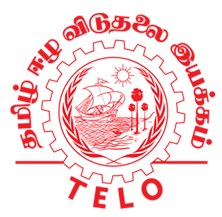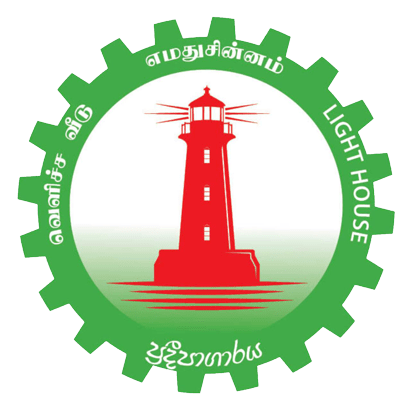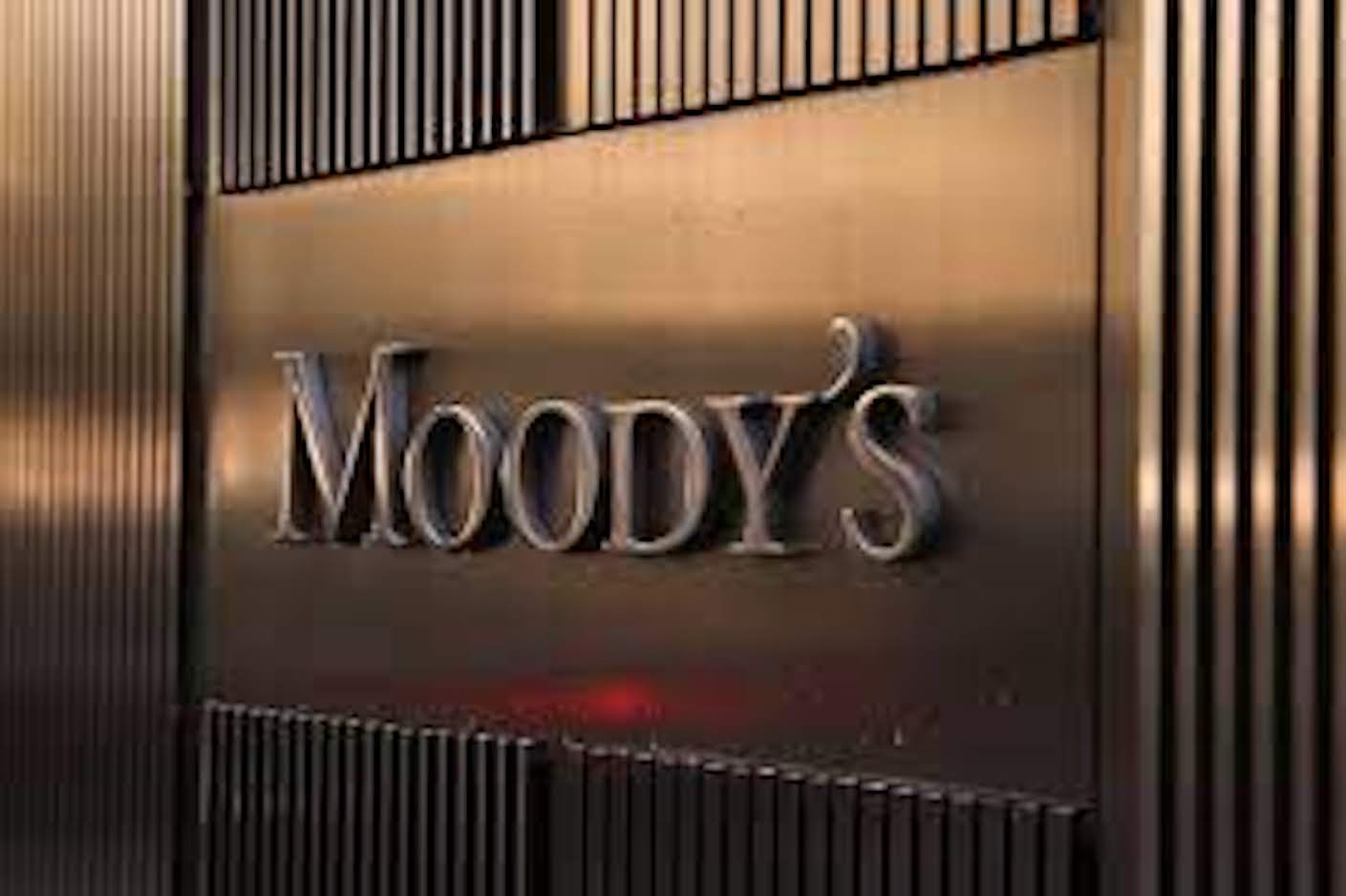Sri Lanka is still rated ‘Ca/stable’ after defaulting on a sovereign bond coupon, Moody’s Investors Service, a rating agency said after a 30 day grace period passed on May 18.
The Ca rating is typically associated with a recovery rate of 35 to 65 percent.
“For Sri Lanka, our weak recovery assumptions are driven by thesovereign’s very low foreign exchange reserve adequacy and the government’s very weak debt affordability,” the rating agency said.
“For Sri Lanka, our weak recovery assumptions are driven by the sovereign’s very low foreign exchange reserve adequacy and the government’s very weak debt affordability.”
Though gross reserves with a restricted use Chinese swap was 1.8 billion US dollars, Sri Lanka’s central bank is in debt and its net reserves are negative.
“Extensive delays to the implementation of fiscal adjustments and reforms, and the inability to secure a large, credible and secure external financing envelope from multilateral development partners may result in even lower recoveries than implied by the Ca rating,” Moody’s said.
“By contrast, any agreement with multilateral development partners that unlocks significant external financing – or prospects of such agreements – may gradually restore foreign investor confidence and crowd in private sector investment.”
With negative reserves, the central bank has been bankrolled by Asian Clearing Union payments due to the Reserve Bank of India, but monetary stability is yet to be restored with a float still to take hold.
The full Moody’s comment is reproduced below:
Government of Sri Lanka
Sovereign defaults due to missed payments on international bonds after expiry of the grace period
On 18 May, Sri Lanka (Ca stable) defaulted on its international bonds for the first time, after failing to make its coupon payments that were due on 18 April within the 30-day grace period. We expected the default given that the government had announced that it would suspend external debt-service payments as of 5pm local time on 12 April and pursue comprehensive external public debt restructuring in coordination with a potential International Monetary Fund (IMF) programme.
The current Ca rating is typically associated with a recovery rate of 35%-65%.
Our recovery rate assumptions are in line with a relatively wide range of precedents by defaulting sovereigns (see “Sovereigns – Global: Sovereign default and recovery rates, 1983-2021”, 14 April 2022). For Sri Lanka, our weak recovery assumptions are driven by the sovereign’s very low foreign exchange reserve adequacy and the government’s very weak debt affordability.
Sri Lanka’s foreign exchange reserves excluding gold and special drawing rights stood at $1.6 billion at the end of April 2022, sufficient to cover less than a one month of imports and far below the government’s external debt repayments of $4.0-$6.5 billion per year (excluding foreign-currency repayments on Sri Lanka Development Bonds and to Foreign Currency Banking Units) through at least 2025.
Without a large external financing envelope from development partners including the IMF, and in the context of a widening current account deficit because of higher global energy and food prices, Sri Lanka’s external position will remain very precarious even with the suspension of external public debt servicing.
Likewise, the government’s interest payments absorbed more than 70% of revenue in 2021, and we expect Sri Lanka’s debt affordability to remain weakest across rated sovereigns by some distance and for some time in the absence of fiscal reforms, even without the repayment of external debt. This is because revenue amounted to less than 9% of GDP, and domestic debt – which is not in scope of the government’s debt servicing suspension policy accounts for around 70% of interest payments.
We assume that Sri Lanka will eventually reach an agreement with the IMF for a funded programme. However, finalising the programme will likely take several months given the need for staff level agreement on both sides, followed by parliamentary approval in Sri Lanka and approval by the IMF’s executive board. The ongoing political and social unrest in Sri Lanka may slow the pace of negotiations, given the potential for changes in the political leadership or government. Any reluctance to implement politically difficult reforms, such as a significant and durable expansion of the government’s revenue base, which we think may be a possible programme requirement, could also delay an agreement.
Extensive delays to the implementation of fiscal adjustments and reforms, and the inability to secure a large, credible and secure external financing envelope from multilateral development partners may result in even lower recoveries than implied by the Ca rating.
By contrast, any agreement with multilateral development partners that unlocks significant external financing – or prospects of such agreements – may gradually restore foreign investor confidence and crowd in private sector investment. Combined with Sri Lanka’s tourism potential, a broadening of foreign exchange inflows may raise recovery prospects for private sector creditors.


